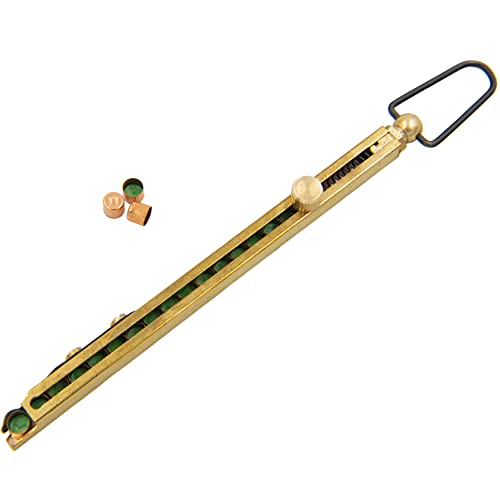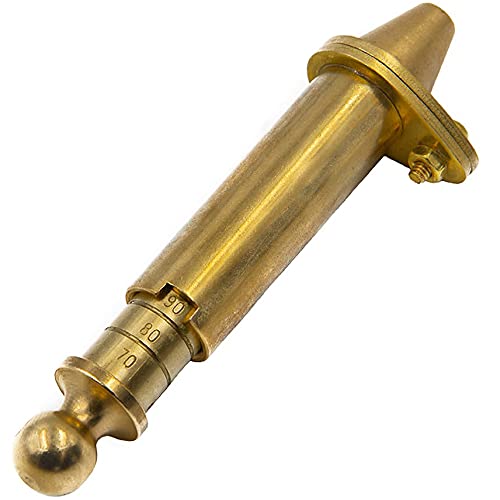Well people, I have a few e-mails off to the chem-labs of this nations top collages on the subject of extracting lead from wheel weights.
I will post the results as I get them.
I asked if there is a way to extract the lead only from the wheel weight alloy, (95.5% Lead, .5% Tin, 4% Antimony)
I posed that since tin is magnetic, maybe when the wheel weight alloy is melted, I could stick a magnet into the melt and extract the tin this way.
The magnet would be cleaned of all water and pre-heated to advoid explosions.
I would do this using a 10' pole, mostly because I'm chicken... I've been splashed by 450 degree salt before, it's not fun, 700 degree lead would be worse. I will also be using all safty gear at my disposial.
Again, I will post the results.
I will not try this until I get some feed back from Yale and Harvard and a few of the other universities I contacted.
Any thoughts, coments?
I will post the results as I get them.
I asked if there is a way to extract the lead only from the wheel weight alloy, (95.5% Lead, .5% Tin, 4% Antimony)
I posed that since tin is magnetic, maybe when the wheel weight alloy is melted, I could stick a magnet into the melt and extract the tin this way.
The magnet would be cleaned of all water and pre-heated to advoid explosions.
I would do this using a 10' pole, mostly because I'm chicken... I've been splashed by 450 degree salt before, it's not fun, 700 degree lead would be worse. I will also be using all safty gear at my disposial.
Again, I will post the results.
I will not try this until I get some feed back from Yale and Harvard and a few of the other universities I contacted.
Any thoughts, coments?
























